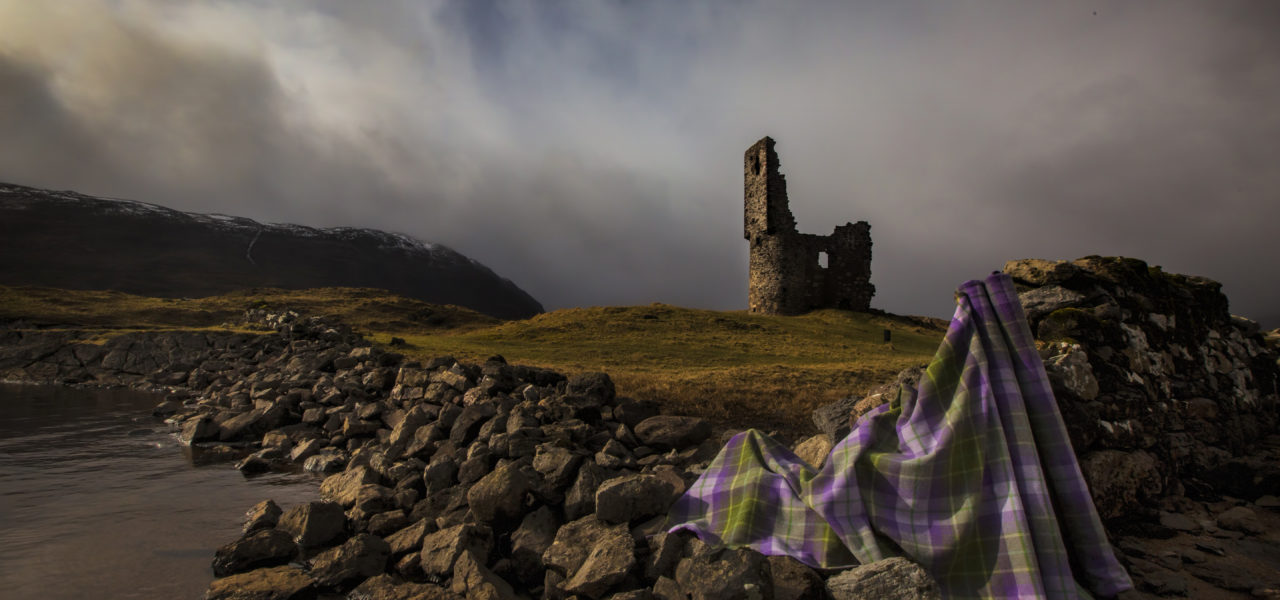Tartan day is now celebrated around the world on April 6th . . . in recognition of this great country and, of course, the iconic Scottish cloth.
Yet, it wasn't always the case. In the distant past, one of the tools used by the British government to quash the rebellious Scots was to outlaw the wearing of Highland dress, which included tartan.
This is worth remembering as we approach the anniversary of the 1746 battle of Culloden, the last battle fought on British soil. As the final decider in what was a civil war in the UK, another outcome was the dismantling of the clan system in Scotland with the help of British troops. This was an effort to stop another uprising of those who supported the Jacobite cause and a Stuart monarch.
Tartan was synonymous with the clan system in the Scottish Highlands and, by banning its use, the hope was that this would assist in the pacification of the region. The cloth was then banned for 26 years with severe penalties for anyone wearing it.
However, in 1782, the ban was lifted and ironically, in the 19th century the patronage of Queen Victoria and other Royal Family members soon had tartan accepted as a proper mode of dress once again.
Another anomaly with tartan has also been address in more recent times. Tartan is again being woven in the Scottish Highlands; in a new commercial mill set up by Prickly Thistle.
So, as we approach Tartan Day, 2018, it's worth remembering the history of the cloth and how it should be worn with pride now and in the future.
- Blog post and image contributed by Clare Campbell of Prickly Thistle

